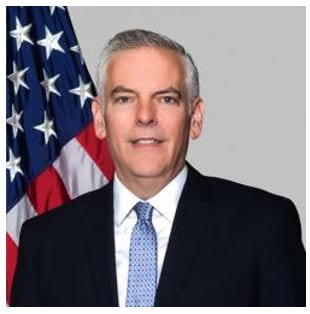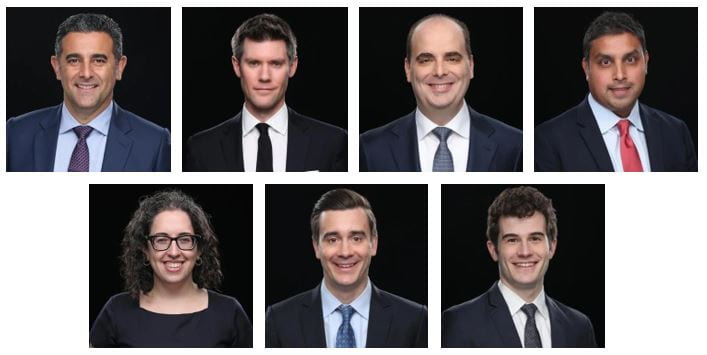by Johann Graf Lambsdorff, Kevin Grubiak, and Katharina Werner

From left to right: Johann Graf Lambsdorff, Kevin Grubiak, and Katharina Werner (photos courtesy of the authors)
There has been a long debate in areas such as development aid, procurement and compliance as to whether corruption or intrinsic motivation plays a greater role in determining the performance of corporate employees and public officials. One side, let us call it the deterrence-view, posits that containing corruption is a prerequisite for ensuring growth and development. Where corruption thrives, all efforts are futile. Aid money will seep into dark channels. Money intended for purchases will flow into overpriced deals. Employees sent to areas prone to dishonesty will be infected by a virus of fraud. Avoiding risks of corruption must then be the starting point for improvement. For example, the United Nations Convention Against Corruption (United Nations 2014: iii) states: “Corruption is a key element in economic underperformance and a major obstacle to poverty alleviation and development.” Many practitioners tend to adhere to this view, which emphasizes deterrence and a zero-tolerance strategy against corruption.









